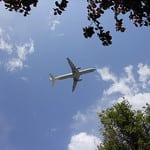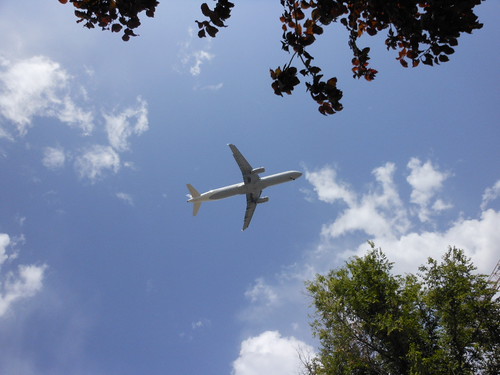Skift Take
Across-the-board airfare increases happen less than an handful of times each year and are usually decided by Southwest, which carries the most passengers within the U.S.
Several U.S. airlines are raising prices again, led by Southwest Airlines.
Southwest raised fares Wednesday by $10 per round trip on about 10 percent of its routes. United Airlines expanded the increase later in the day to cover most of its U.S. flights.
“We raised fares to cover the increasing cost of doing business,” United spokeswoman Megan McCarthy said Thursday.
Delta Air Lines said it matched United’s price hike. American Airlines said it raised prices on some routes. US Airways and JetBlue Airways said they matched Southwest’s increase, and Virgin America eventually matched the broader United increase.
There have been four broad fare increases by U.S. airlines this year, about half as many as last year. A Delta-led attempt to raise prices failed last week, a sign that airlines could be worried about filling seats in a sluggish economy.
J.P. Morgan analyst Jamie Baker, who tracks airfares, said there was “a somewhat higher probability” that the latest Southwest-United increase will stick.
Southwest carries more passengers than any airline within the U.S., and fare increases often stick or fail depending on whether Southwest goes along.
While airlines raise fares, they also constantly run sales that undercut the impact of higher base prices. American, for example, told customers Wednesday that it was offering a two-day sale on flights to some U.S. cities.
![]()
The Daily Newsletter
Our daily coverage of the global travel industry. Written by editors and analysts from across Skift’s brands.
Have a confidential tip for Skift? Get in touch
Tags: fares, southwest airlines, united airlines

